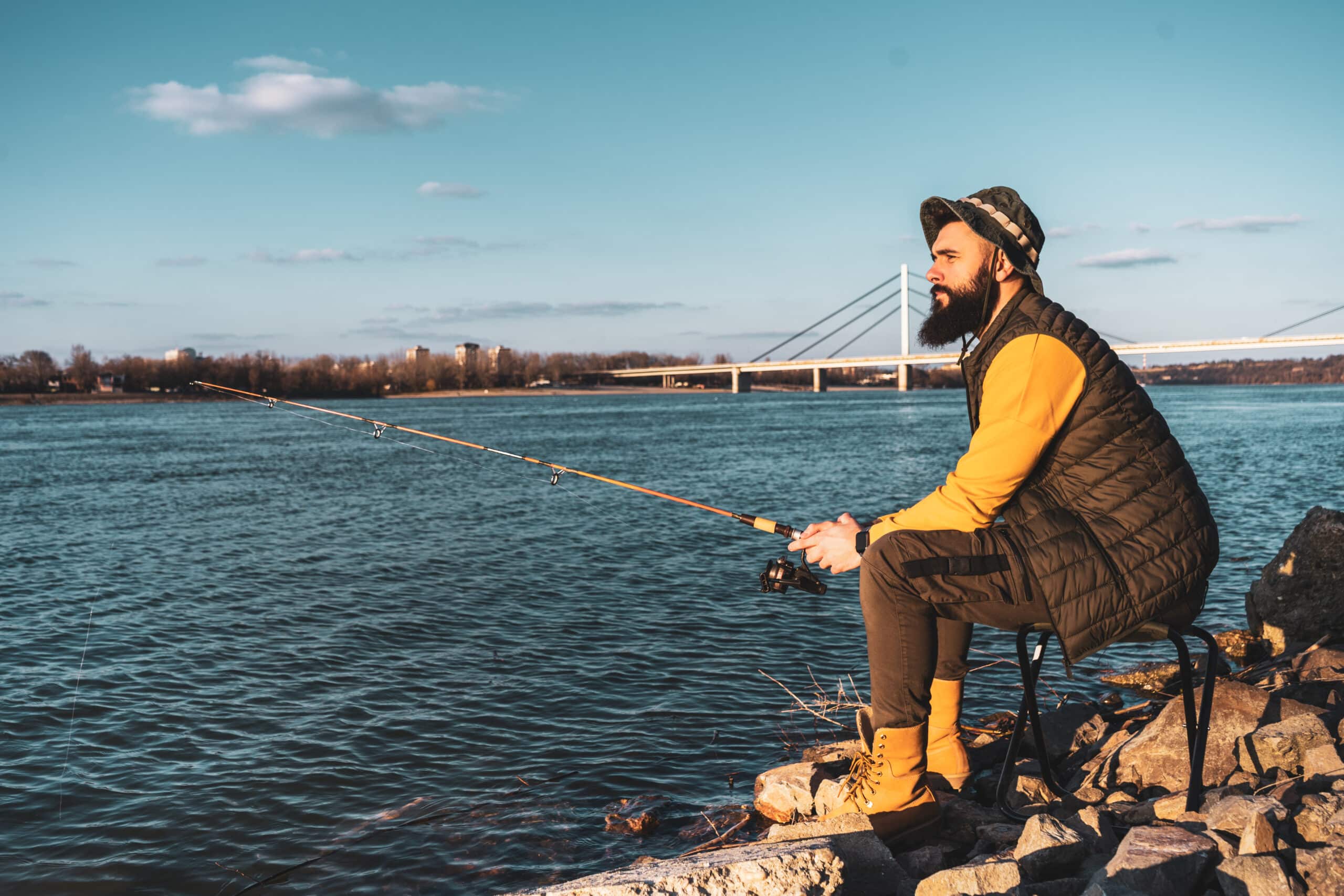What Should I Look for in a Fishing Spot?
Key Takeaways
- The types of fish and their habits are important factors to consider when choosing a fishing spot.
- Water conditions, such as temperature and clarity, should be taken into account when selecting a fishing spot.
- The time of year and day can significantly affect fish behavior and feeding patterns, so it’s crucial to consider these factors when planning a fishing trip.
Choosing the right fishing spot can make all the difference between a successful fishing trip and a disappointing one. Whether you are a beginner or an experienced angler, there are several factors to consider when searching for the perfect fishing spot. Understanding the types of fish you want to catch, their preferred habitats and feeding habits, as well as the water conditions and surrounding environment, are key elements to finding a productive fishing location.
Types of Fish and Their Habits
The first step in choosing a fishing spot is to identify the types of fish you want to catch. Different fish species have different preferences when it comes to their habitats and feeding habits. For example, trout are often found in colder, oxygen-rich streams and rivers, while bass prefer warmer water bodies with plenty of cover and structure.
Research the specific fish species you are targeting and learn about their preferred habitats, preferred food sources, and their behavior during different seasons. This knowledge will help you narrow down your search for the best fishing spots.
Water Conditions
The water temperature and clarity are important factors to consider when selecting a fishing spot. Fish are cold-blooded creatures, meaning their body temperature is influenced by the temperature of the water they inhabit. Different fish species have different temperature preferences, so understanding the ideal water temperature for your target fish will guide you to the right fishing spot.
Water clarity is also crucial, as it affects the visibility of your bait or lure. Some fish prefer clear water, while others thrive in murkier conditions. Pay attention to the water clarity in the area you plan to fish and adjust your fishing techniques accordingly.
Time of Year and Day
The time of year and day can greatly impact fish behavior and their feeding patterns. Fish are more active during certain seasons and times of the day. For example, early morning and late evening are often prime times for fishing, as fish are more active during these cooler periods of the day.
Consider the season and time of day when planning your fishing trip. Research the specific fish species you are targeting and learn about their seasonal patterns and feeding habits. This knowledge will help you determine the best time to fish and increase your chances of success.
Observing the Surroundings
When you arrive at a potential fishing spot, take the time to observe your surroundings. Look for signs of fish activity, such as jumping fish, feeding birds, or ripples on the water’s surface. These indicators can give you valuable insights into the presence and location of fish.
Pay attention to the presence of underwater structures, such as submerged rocks, fallen trees, or weed beds. These structures provide shelter and food sources for fish, making them attractive fishing spots. Additionally, look for areas with natural cover, such as overhanging trees or underwater vegetation, as they can also attract fish.
Related Websites:
- Bassdash – Reeling in the Best Catch: A Guide to Choosing Your Ultimate Fishing Spot
- Hex Fishing – How to Choose a Good Fishing Spot for Beginners
- Outdoor Intensity – Fishing Basics: Everything a Beginner Should Know About Fishing
- Field & Stream – Find Secret Fishing Spots
- Panfish Nation – How to Find Fishing Spots
- The MeatEater – All-Around Angler: How to Read Maps to Find Fishing Spots
FAQs:
Q: Why is it important to choose the right fishing spot?
Choosing the right fishing spot greatly increases your chances of success and enjoyment. It ensures that you are in an area where fish are abundant and active, maximizing your catch and overall fishing experience.
Q: How does the environment affect fishing?
The environment, including factors like water temperature, clarity, and depth, influences fish behavior and their availability in specific areas. Understanding these factors helps you identify suitable fishing spots and adjust your techniques accordingly.
Q: What should I consider for access and safety when choosing a fishing spot?
Accessibility to fishing spots is crucial for convenience and enjoyment. It’s also important to consider safety aspects, such as avoiding private property, checking fishing regulations, and being aware of potential hazards to ensure a safe and legal fishing experience.
Q: Why is knowing the target fish species important?
Knowing the target fish species helps you understand their habitat preferences and behavior. This knowledge allows you to select fishing spots where your desired species are likely to be found, increasing your chances of a successful catch.
Q: How does vegetation and underwater structure affect fishing?
Vegetation and underwater structures provide cover and food for fish, making them attractive fishing spots. Learning to identify and locate these features in potential fishing spots enhances your ability to find areas where fish are likely to gather.






